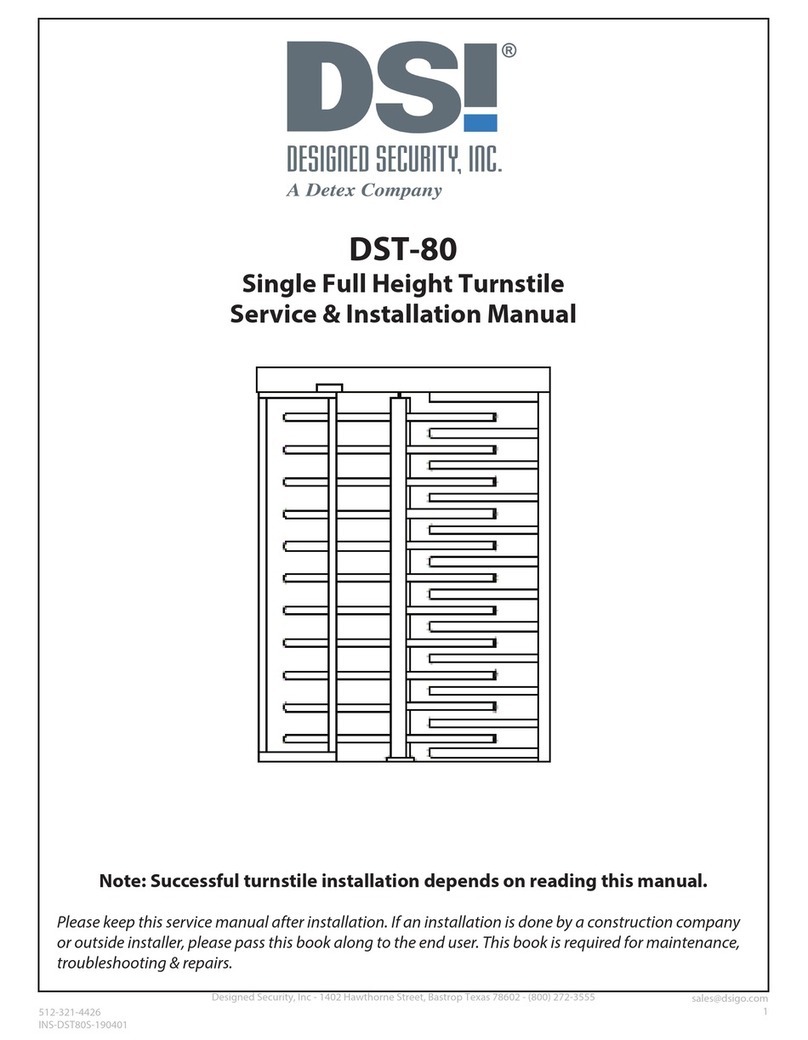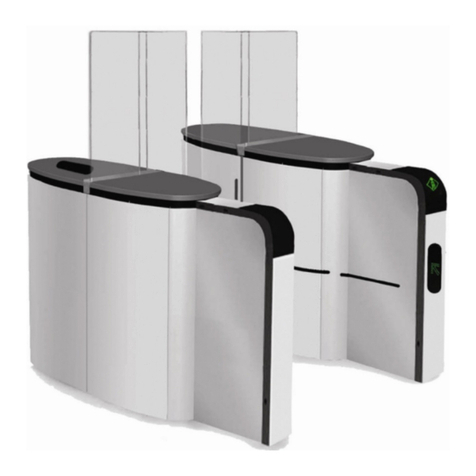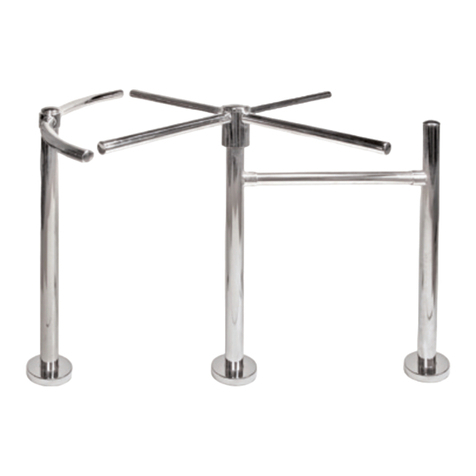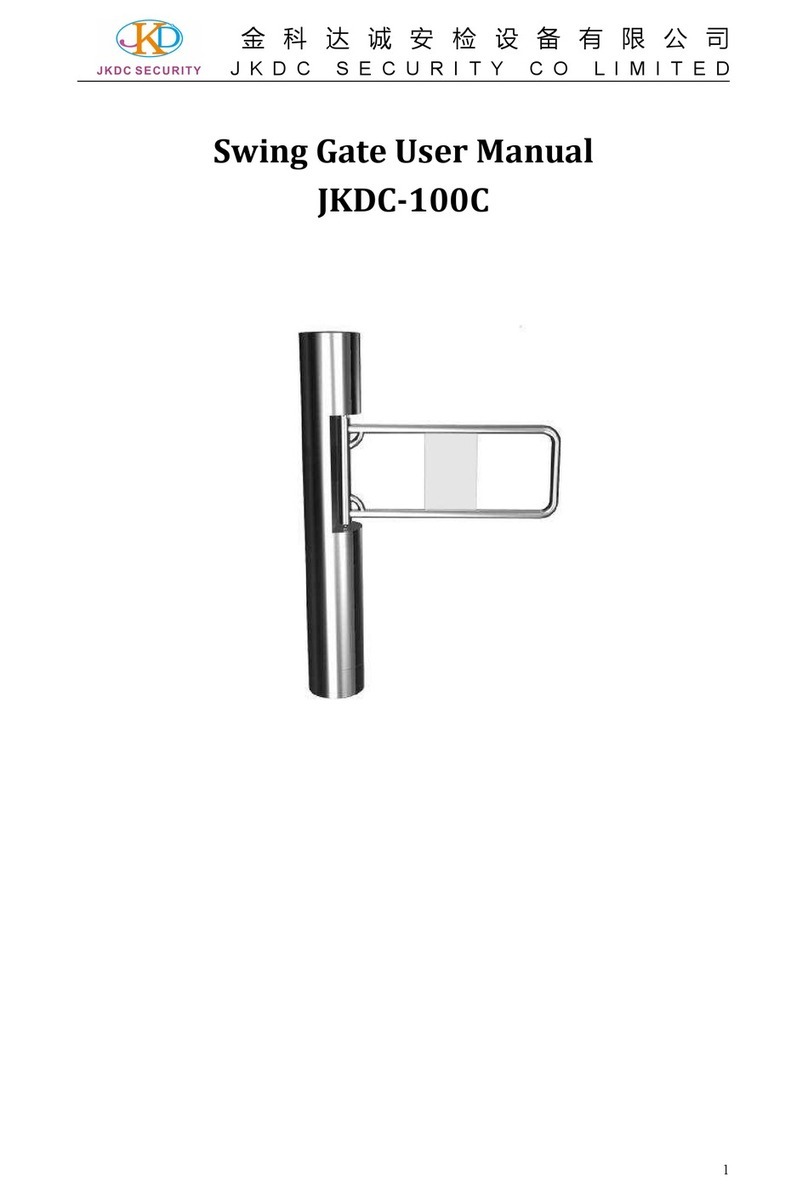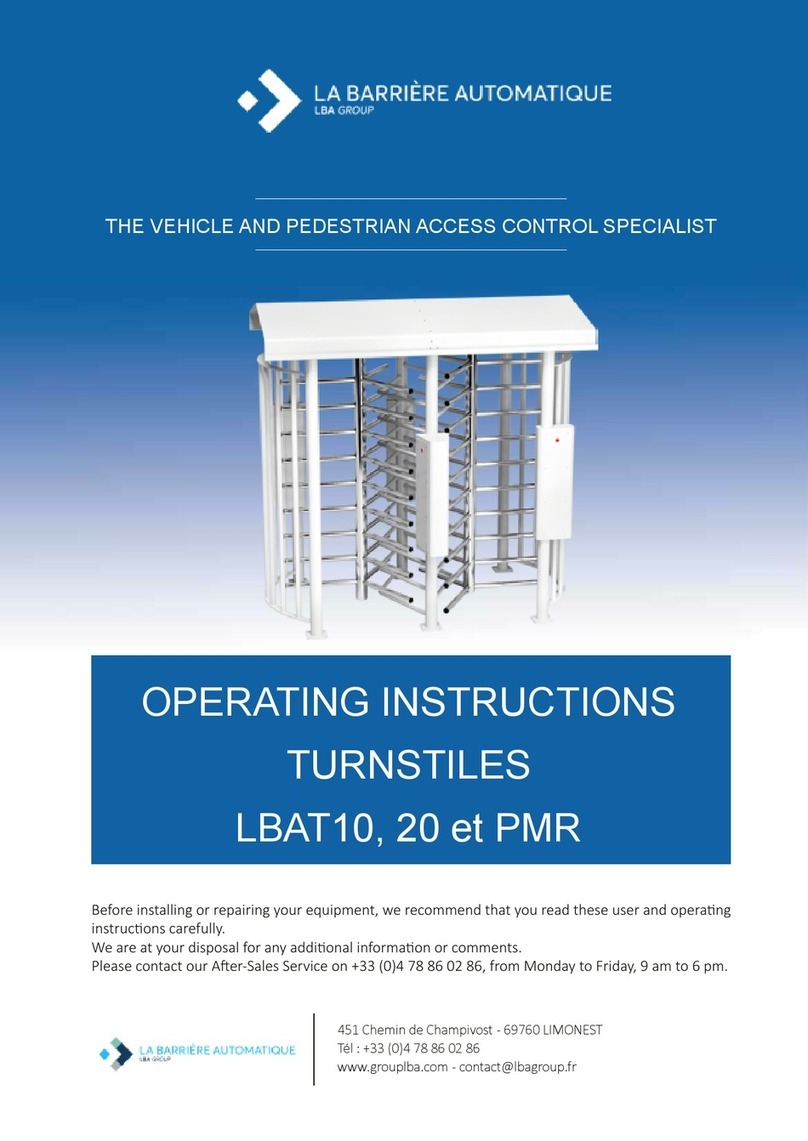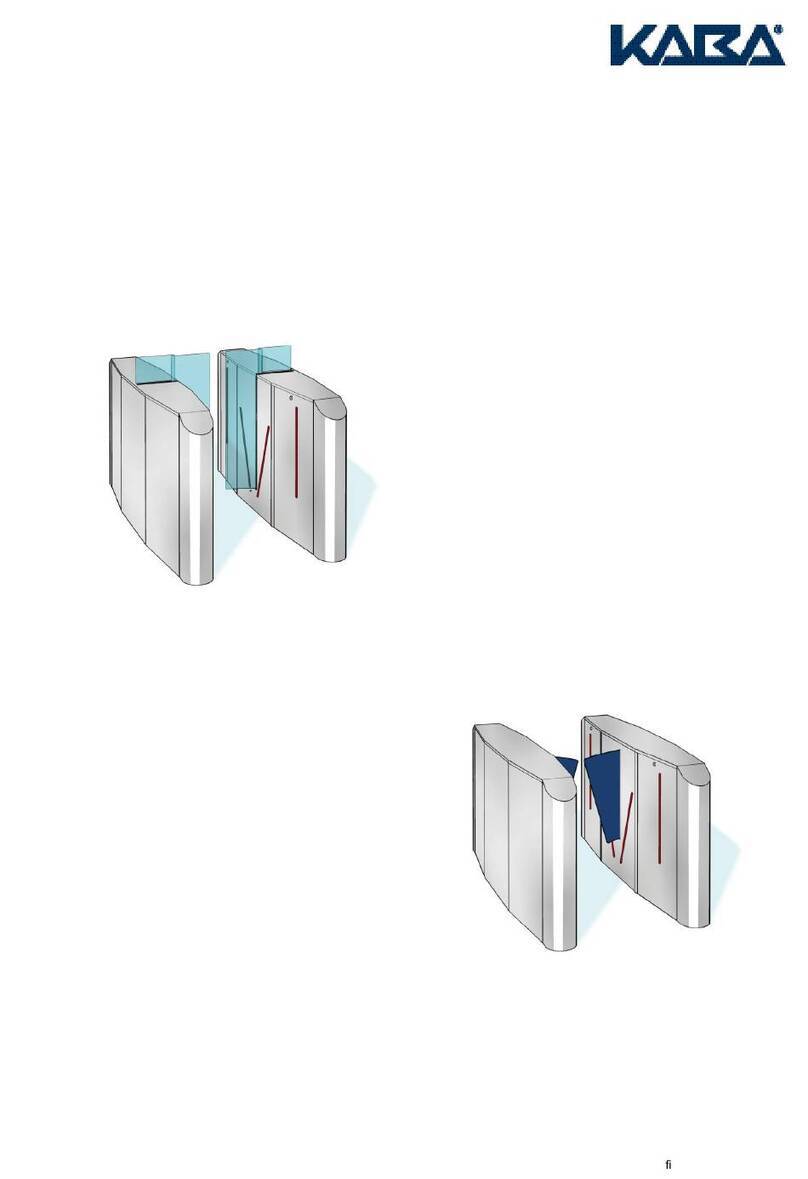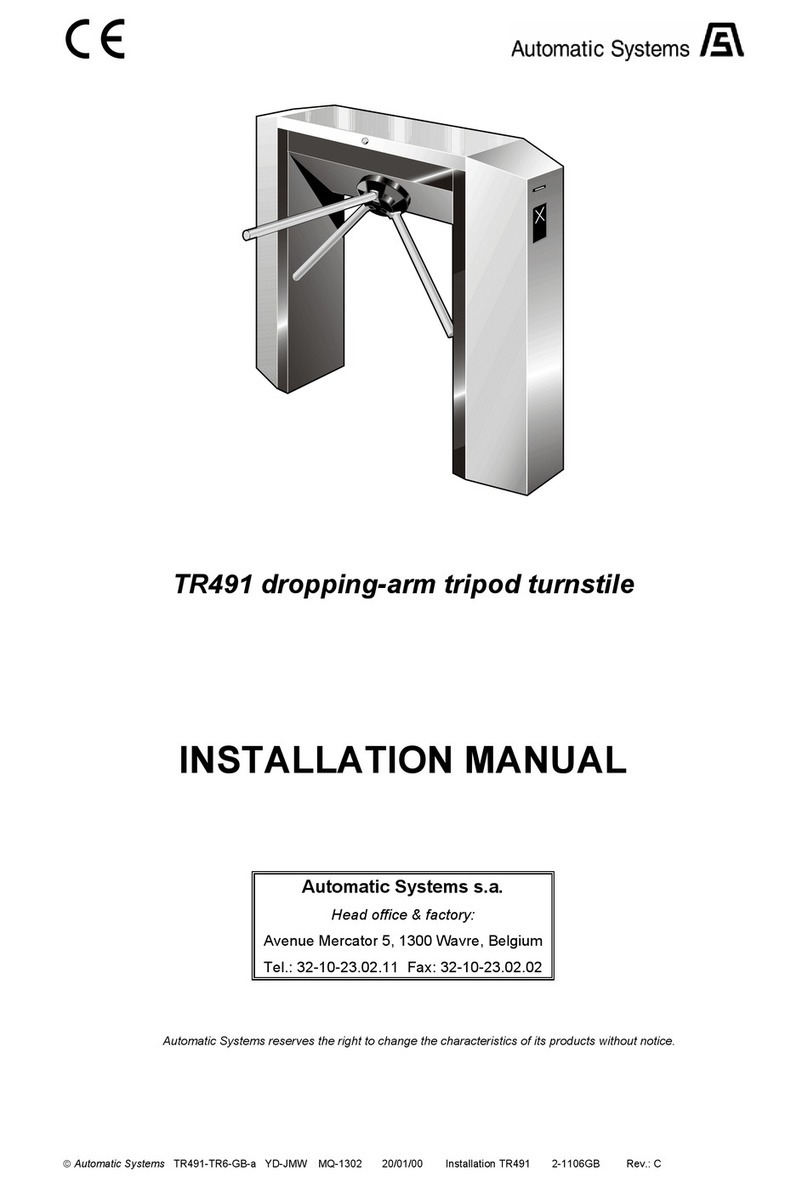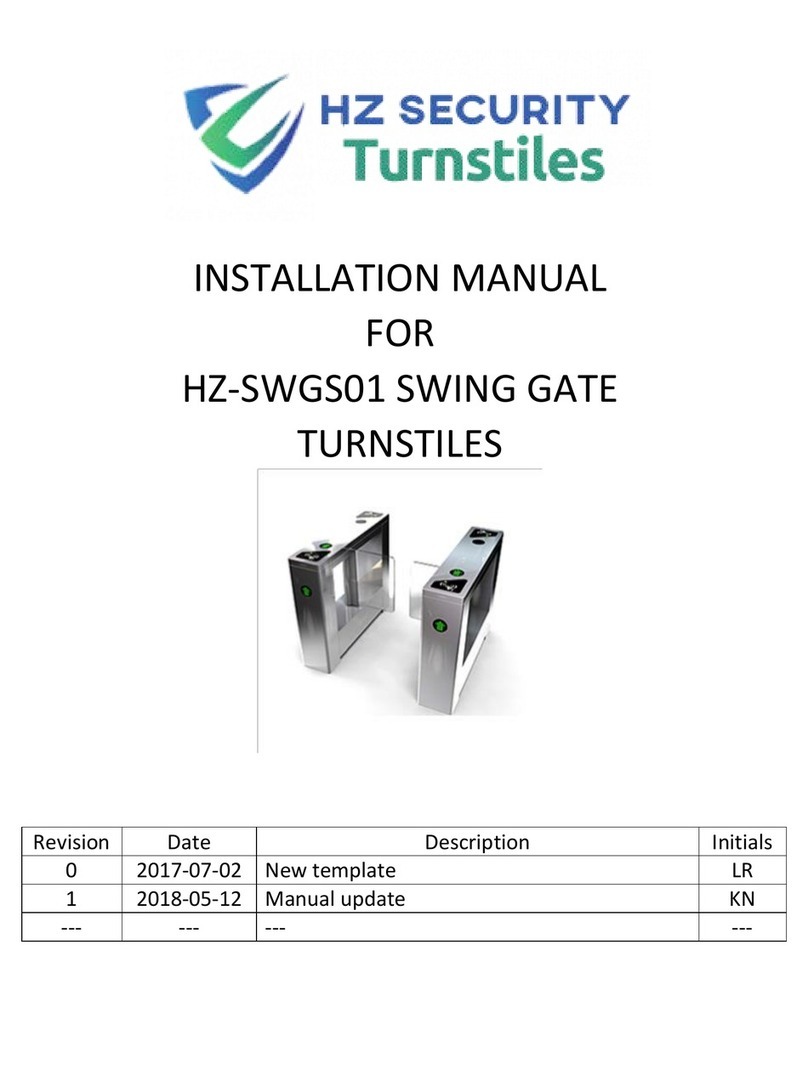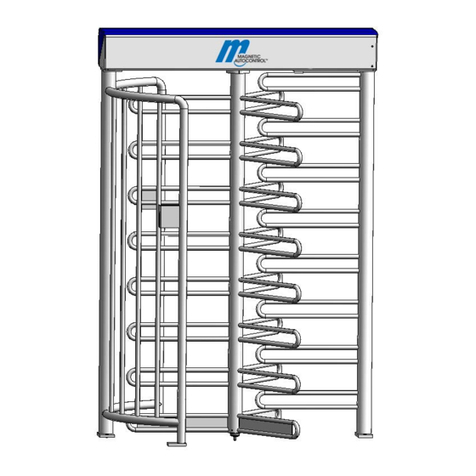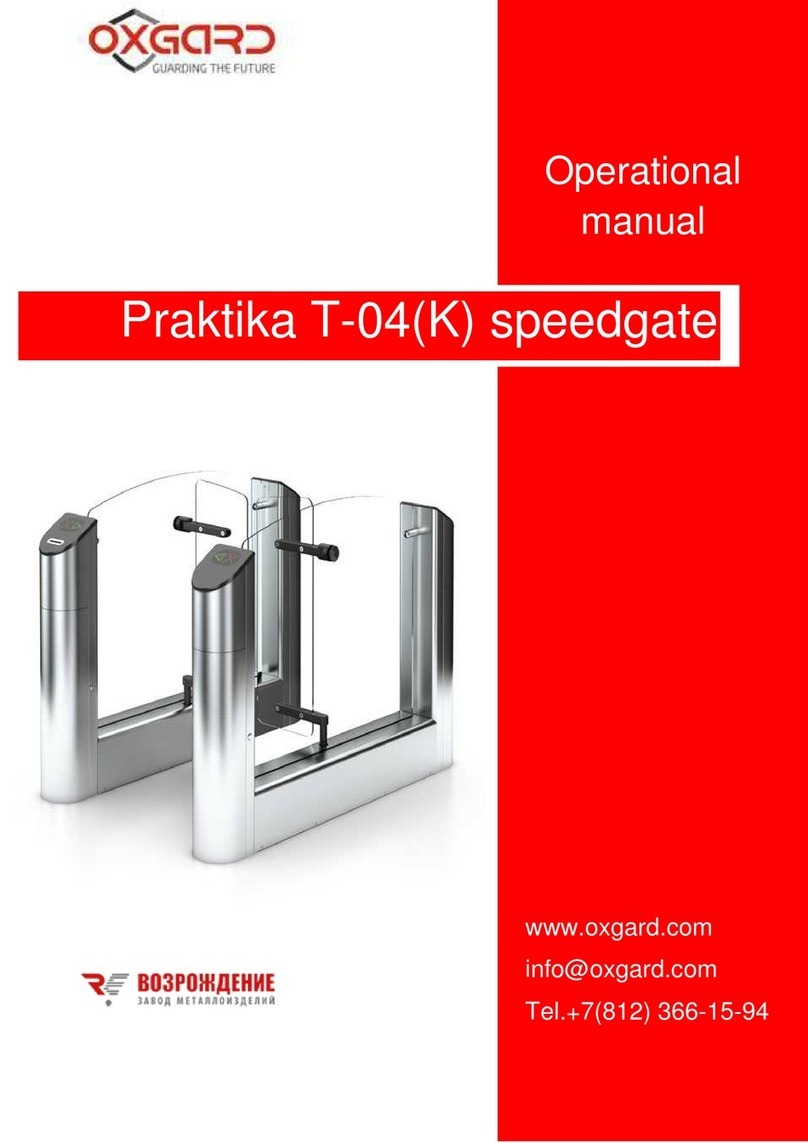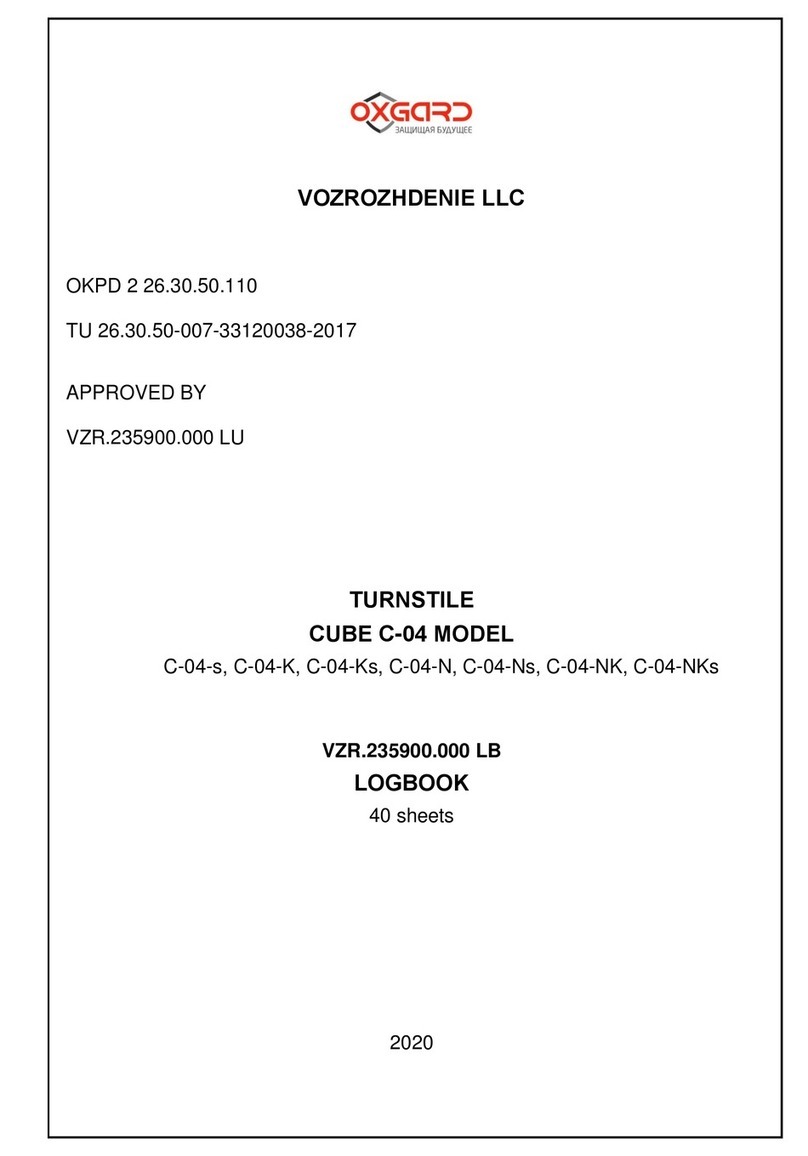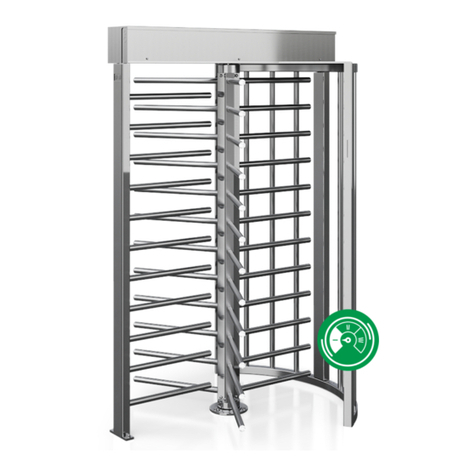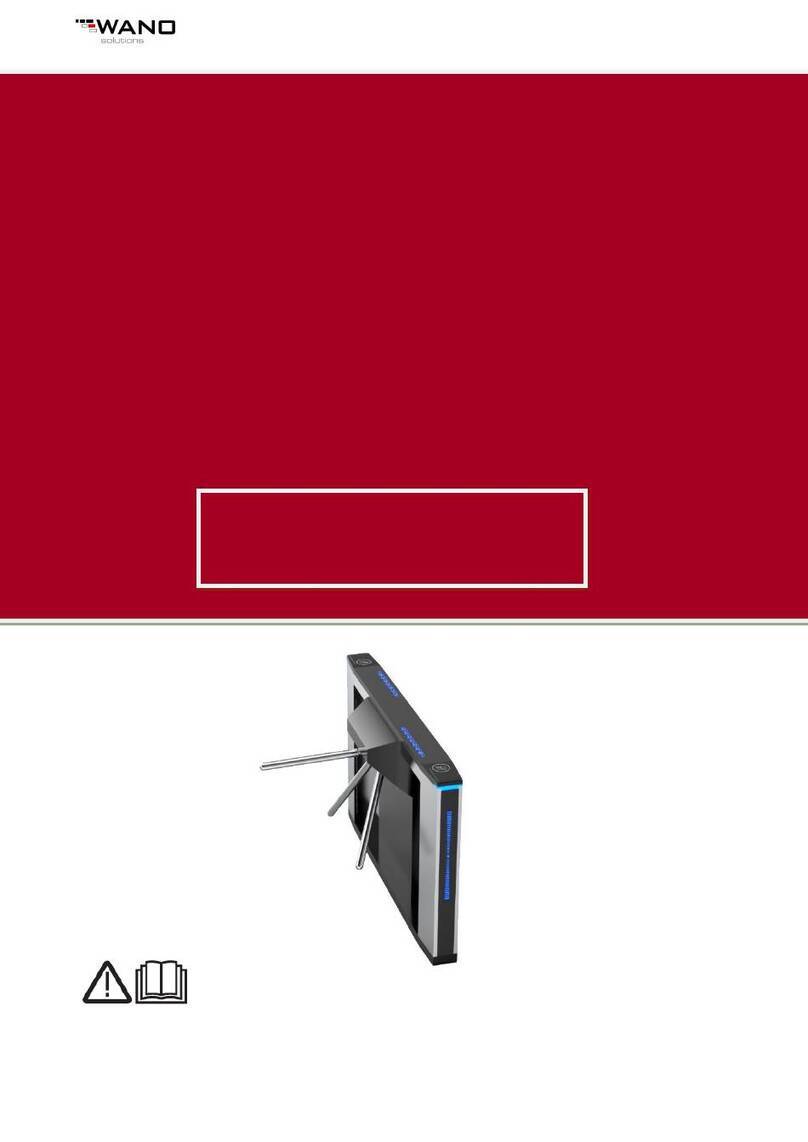
TSA 325 NT
2
Contents
Symbols and illustrations ..................................................................................................................................................4
Validity .....................................................................................................................................................................................4
Product liability.....................................................................................................................................................................5
1 Notes............................................................................................................................................................................5
1.1 Important safety instructions......................................................................................................................................................................5
1.2 Installation information..................................................................................................................................................................................5
1.3 Safety-conscious working.............................................................................................................................................................................6
1.4 Inspection of installed system.....................................................................................................................................................................6
1.5 Disposal of the door system.........................................................................................................................................................................6
2 Abbreviations............................................................................................................................................................6
3 Electrical data............................................................................................................................................................7
4 Terminals.....................................................................................................................................................................8
4.1 Control unit DCU6-KDT..................................................................................................................................................................................8
4.2 Control unit DCU6 ......................................................................................................................................................................................... 10
4.3 Collector ring and terminal panel DCU602...........................................................................................................................................11
4.4 Motor gear unit ...............................................................................................................................................................................................12
5 Assembly groups...................................................................................................................................................13
5.1 Drive DCU6-KDT ceiling mounting..........................................................................................................................................................13
5.2 Drive DCU6-KDT underoor installation ...............................................................................................................................................14
5.3 Sensors ...............................................................................................................................................................................................................15
6 Safety functions .....................................................................................................................................................16
6.1 Emergency stop switches........................................................................................................................................................................... 16
6.2 Post safety .........................................................................................................................................................................................................17
6.3 Front post safety.............................................................................................................................................................................................17
6.4 Mobile safeguarding device...................................................................................................................................................................... 24
6.5 Draw-in protection ....................................................................................................................................................................................... 28
6.6 Break-out switch ........................................................................................................................................................................................... 30
7 Contact sensors......................................................................................................................................................31
7.1 Mechanical contact........................................................................................................................................................................................31
7.2 Contact sensor inside....................................................................................................................................................................................31
7.3 Contact sensor outside.................................................................................................................................................................................31
7.4 Push pad ........................................................................................................................................................................................................... 32
8 Mode of operation............................................................................................................................................... 33
8.1 Keypad programme switch TPS............................................................................................................................................................... 33
8.2 Set the mode of operation using push buttons or switches......................................................................................................... 34
9 Congurable outputs.......................................................................................................................................... 35
9.1 Congurable output PA1............................................................................................................................................................................ 35
9.2 Congurable output PA2............................................................................................................................................................................ 35
10 Locking mechanism............................................................................................................................................. 36
10.1 Manual locking mechanism....................................................................................................................................................................... 36
10.2 Automatic locking mechanism................................................................................................................................................................. 36
11 Night-time closer .................................................................................................................................................. 39
11.1 Connection of microswitch to control unit DCU6.............................................................................................................................40
11.2 Connection of bolt message to control unit DCU6 .......................................................................................................................... 40
11.3 Manual night-time closer.............................................................................................................................................................................41
